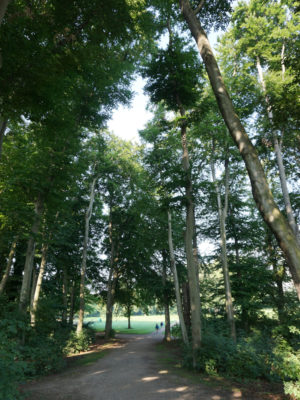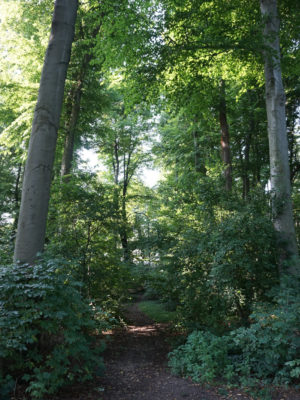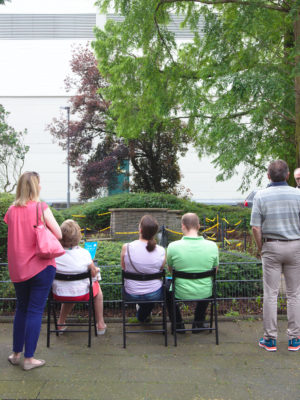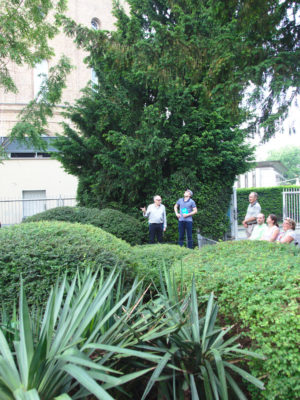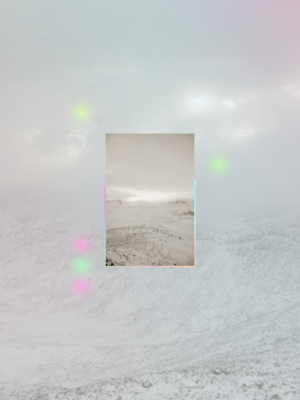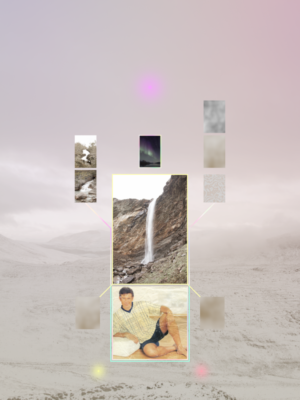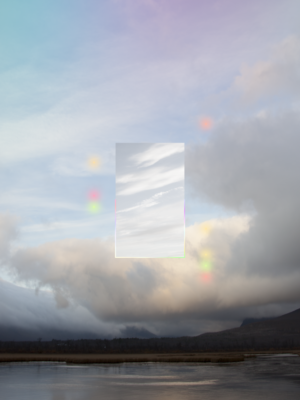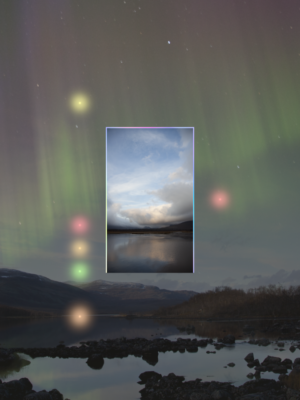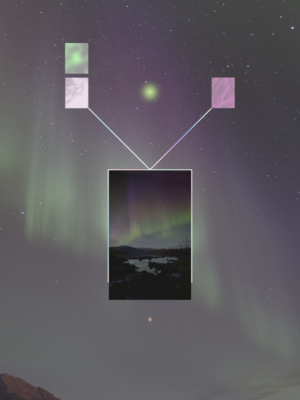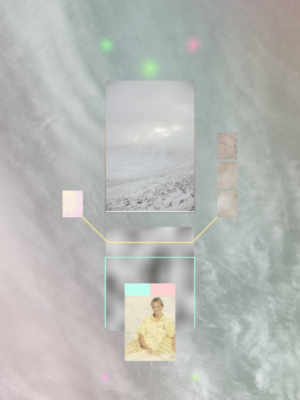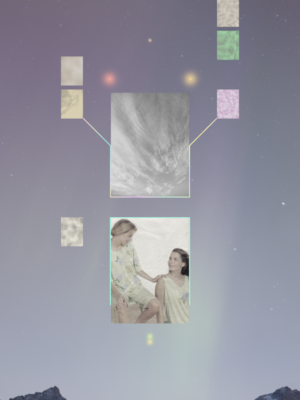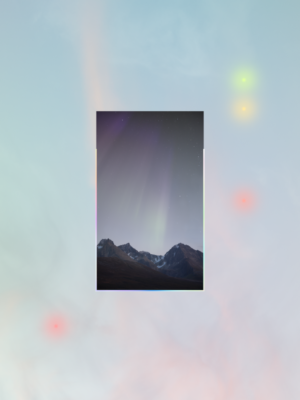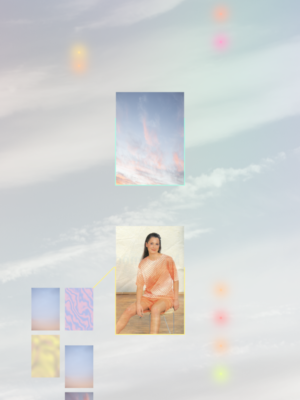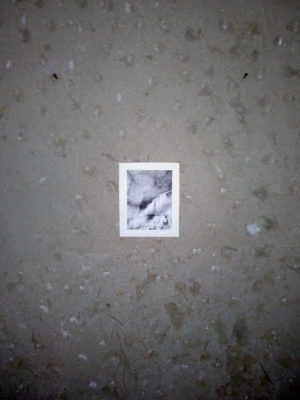All posts filed under “sound”
Nature Simulation 2
Soundinstallation
new talents: destination Kunsthaus NRW,
Kornelimünster, 2017
Photo: B.Babic
Nature Simulation 1
5 channel sound installation.
New Talents Biennale Cologne 2016.
Winner of the audience award.
Kölner Bucht Küššk
This is the live version of “Kölner Bucht Küššk” which got released on the double CD “Landscapes of Fear” on Grünrecorder in 2015.
The above recording was made in the auditorium of the Academy of Media Arts in Cologne during the release concert.
Buy CD: http://www.gruenrekorder.de/?page_id=14261
Reviews: http://www.gruenrekorder.de/?page_id=14261#reviews
Landscapes of Fear | Various Artists | CD
Sound Art Series by Gruenrekorder
Germany / 2015 / Gruen 153 / LC 09488 / GEMA / EAN 4050486922392
“Landscape is a natural scene mediated by culture.
It is both a represented and a presented space,
both a signifier and a signified,
both a frame and what a frame contains,
both a real place and its simulacrum,
both a package and the commodity inside the package.” (1)
A metal fence, about 6 metres high, in the background. A group of people sitting closely aligned on the upper edge, detained by the presence of the border police. A strip of bushy vegetation for sight protection in front of the fence, a bit farther aside some taller palm trees.
An ascending hill behind the fence, dry grass, rock, soil. The well cared for, wavy green of a golf course in the front, two people dressed predominantly in white standing on the lawn, one of them is about to swing the golf club, the other one regarding the events on the other side of the fence. (2)
If an image like this – at least temporarily – draws media attention to fundamental questions of humanity and territoriality in the EU refugee policy, then this photographic scene at the same time also illustrates situational, constitutive moments for localised attributions or links between places and experiences of fear and despair. The profane ordinariness of repeatedly superposed, yet radically diverging perceptions and adoptions of spaces by different social groups and individuals that is displayed in colliding situations, thus describes forms of cooperation, conflict and coexistence in a way that often appears grotesque or absurd, sometimes cynically cold. While such documentations of moments of contingent encounters are sometimes represented in an almost more than obvious way, these observable constellations of alleged exemplary antipodes still have concrete, realistic equivalents beyond medial production or political exploitation. Experience of place and position within locations becomes part of a confusing mixture of localisation and dislocation, which in turn are connected to aestheticised adventure landscapes. Those can be analogies of transitory arrival areas, save shores, touristic functional zones, territory fortified by border barriers, or military operation areas. Space reframed to become a landscape – in individual perception, this transformation hardly ever happens without emotional attachment. From a general perspective or becoming operative in a very subjective way, fear being one possible element of this process percolates both an inner experience and the spaces and places of events. Isn’t it ready to smell, to see, to hear, or to recognise in other ways everywhere “here”?
Knowledge about the spaces of fear, handling danger zones and threat scenarios, continuing vague or concrete alert feeling as an aspect of life, information about one’s self in a state of fear – aren’t there constant comparable appeals and demands in order for us to condition and optimise ourselves in a permanent mode of a “training camp”? Territorial conflict zones, no man’s land, local recreation areas, wellness resorts, safety corridors, wildlife reserves, restricted areas, death zones, no-go areas, gated communities, motion profiles, killing fields, shelter sites, reception camps, coach circuits and Segway tours through “dangerous territory”. In the face of such terms and events, and looking at both individual and social perspectives on addressing space and fear – what is it that forms present, contemporary Landscapes of Fear?
Questions like these, along with Yi-Fu Tuan’s (3) book that provided the title, stood at the inception of the present CD-project that resulted from the seminar series Unsite Temporalities at the Academy of Media Arts Cologne. (4)
The project focused on sound-related aspects and auditive experiential modalities for tracing the current conditions for a political and social exploitation of fear from a spatial (e.g. geographical, territorial as well as topological and auditive) viewpoint, in order to specifically examine the individual, subjective interests of the participants. Acoustic artwork, performances, audio-visual installations, soundscape compositions, radiophonic and documental works were the subjects of analysis and artistic practice alongside productions and material related to trash, horror and science fiction.
Excursions to places in the wider surroundings of the “Kölner Bucht” that are historically described as “dangerous areas”, “death zones”, “places of fear”, or “restricted areas”, or that are still declared or well-known as such included hands-on field studies and explorations. The overleaf topographic map of the area shows some examples. The map also shows further spatial markings relevant for the project. Temporary localisations and potential zonings are registered in the map along with current political and geographical facts, as well as historic sites; also, some imaginary or medial-fictional spatial positions are marked in addition.
The contributions collected in Landscapes of Fear cover the participants’ different methods and experiences from specifically developed projects on the connection of sound, space and emotion. Multi-layered overlappings of inner and outer spaces, interconnections of forms of acoustic documentation and the phantasms of a sonic fiction, Deep Listening experiments and data analysis – some terms that exemplify the participants’ techniques and subjects taken up during the project. The data of geographical contour lines of existing areas, for example, form the basis for an audification that reads out these topographic profiles as waveforms. Psychological border experiences are set down in text and verbally staged via radiophone. Audio documents (interviews) are tonally processed in a radical way that is based on the spatial model of an existential, physical injury. Urban paths, generated by GPS navigation are translated into an instrumental composition for two stringed instruments. Components and micro particles of verbal communication reveal explosive, controversial potential for aggression within the club and party scene, or coagulate into a stream of intense, yet pale residual sound that causes a “listening deletion” rather than being a basic means of phonetic communication.
The present works reflect a wide range of analysis on the part of the participants regarding the possible manifestations of fear-causing spaces. Among them are detailed observations as well as quite irritating formulations of tonal (landscape-) explorations, acute areas of conflict, commonplace phobias, sonic dissociations and virtual modifications. The works are communicated experiences, aesthetic experiments, tonal speculations and fictionalisations – all of which challenge the positioning of one’s self within an unabated topicality and continuing presence of Landscapes of Fear.
„The minimum requirement for security is to establish a boundary, which may be material or conceptual and ritually enforced. Boundaries are everywhere, obiviously so in landscapes of fences, fields and buildings, but equally there in the worlds of primitive peoples. Boundaries exist on different scales. Minimally and perhaps universally, three are recognized: the boundaries of the domain, of the house and of the body. […] Fear is not only objective circumstance but subjective response. […] Landscapes of Fear are not permanent states of mind tied to invariant segments of tangible reality; no atemporal schema can neatly encompass them.“ (5)
1 W.J.T. Mitchell: „Imperial Landscape“; in: W.J.T. Mitchell (Hg.): Landscape and Power. Chicago, 2002
2 2014 von der Agentur Reuters verbreitete Fotografie einer Situation am EU-Grenzzaun der spanischen Exklave Melilla in Marokko (Fotograf: Jose Palazon)
3 Yi Fu Tuan: „Landscapes of Fear“. Oxford, 1980
4 2014 – 2015
5 Yi Fu Tuan (1980)
Polarflux
For the project Polarflux Sebastian Thewes was concerned with the topics landscape, wilderness and nature and our relationship to it and the way we are picturing and documenting it.
Sebastian Thewes traveled to the polar region in the northern Scandinavia to collect photographs and audiorecordings from the unique landscape of the region above the polarcircle.
The terms landscape, wilderness and nature have a slightly different meaning in different cultures and for different people in different periods. It depends on cultural, religious and much more dependencies.
For the Sami the ancient people of the European polar region nature is a souled place and every part of it is alive. In classical Roman religion a genius loci names the soul of a place or its spirit. The romantic sees nature as a counter pole to the society. It uses nature and landscape as a symbol. In our modern western culture the perception of nature is shifting between many different conceptions. On the one hand we are destroying nature with our industrial progress but on the other hand we are seeing nature as a spot for the enjoyment of our individuality by doing sports or traveling. The project Polarflux is shifting between different ideas of landscapes. The viewer is flying through 9 Scenes which represent 9 fictive places inhabited by different sprits. It is rying to work out our somehow disharmonious or maybe even dishonest relation to nature in an slightly ironic way. The used nature photos are photographed in the polar region and mixed up with found footage and algorithmically generated patterns. The audiorecordings consist out of field recordings from the region combined with soundrecordings from the NASA and synthetically created material.
acid smiley eliot
Temporary installation. Realized 2012
– Smiley buttons 4 free
– Free bananas
– Acid techno classics shuffle
– 3d animation projection
grotta
Site specific installation. Museo del Crudo, San Sperate, Italy.
Realized 2012
XXB PALM
A sacrifice to the forces of pure blue. By Sebastian Thewes. Realized 2012.
A tribute to the #0000FF Gallery exhibition #0000FF Line #1. Curated by Georges Jacotey.
bliss
FBAS A
3-Channel audiovisual installation.
VHS, DVD, TV, PD. Realized 2011.
max call shop
inverted trigger
brumme
“Brumme” is a big organ pipe with an internal length of about 5 meters. It makes tones in the range between 15hz up to 40hz and is driven by a big industrial fan. The intention was to build a sounddevice which touches the infrasonic range of 15hz and is unhearable for many humans. “Brumme” also creates the possibility to analyze how such a deep subbass behaves in the architectual conditions of the the exhibition space. The pipe has a little slider to regulate the airstream and the resulting toneheight. It was shown at the annual exhibition of the “Academy of Media Arts Cologne” in 2010.
magnetic wooden air trail
“the magnetic wooden air trail” nimmt den Zuhörer mit auf eine akustische Wanderung jenseits der ausgetretenen Pfade. Neben konventionellen Klängen und einem kleinen Abstecher ins Innere der Dinge, lädt das Stück auch ein, ins elektromagnetische Wesen Bonns zu horchen. Zusätzlich zu herkömmlichen Mikrofonen wurden Kontakt- sowie Spulenmikrofone verwendet, um Klänge einzufangen, die sich normalerweise vor dem Zuhörer verbergen. Die collagenartig verwobenen Aufnahmen schaffen einen Klangraum der Bonn von einer anderen Seite erfahren lässt.
Das Stück ist im Rahmen des Projekts “sonotopia” entstanden und wird während einer Ausstellung des Beethoven Fests in Bonn zu hören sein.
Über das “sonotopia” Projekt:
In der Ausstellung „sonotopia“ zum Beethovenfest Bonn 2010 werden Projekte von fünf Studierenden und zwei Lehrenden der Kunsthochschule für Medien Köln und von zwei Studenten der UdK Berlin (Sound Studies) präsentiert. Die Hörstücke und Klangarbeiten beschäftigen sich mit Bonn und Beethoven im Speziellen und mit der Beziehung von Raum und Klang und unserem auditiven Verständnis von urbanen Lebensräumen im Allgemeinen. Die Beiträge sind im Rahmen eines Workshops unter der Leitung von Sam Auinger (Stadtklangkünstler Bonn 2010) mit Unterstützung von Judith Nordbrock und Martin Rumori (beide Klanglabor der KHM Köln) entstanden.
Eröffnung: Samstag, 11. September, 18 Uhr
Ausstellungsraum der Beethovenhalle Bonn
Öffnungszeiten: 11. September – 9. Oktober 2010, ab einer Stunde vor Konzertbeginn
Eintritt frei für Konzertbesucher
Arbeiten von:
Beatriz Boada Schimmele: Choral Nr. 1
Matthias Conrady: behind the music
Yi-Ling Lam: Traces
Claudia List: Liliennetz – Ein GeräuschEreignis
Marco Montiel-Soto: deafness and love
Judith Nordbrock: PERPETUUM MOBILE_
Martin Rumori: inout
Sebastian Thewes: the magnetic wooden air-trail
Christof Wenta: Stadtfarben – Musik auf elektromagnetisch angeregten Stimmgabeln
Mehr zu allen Aktivitäten im Rahmen von bonn hoeren unter:
